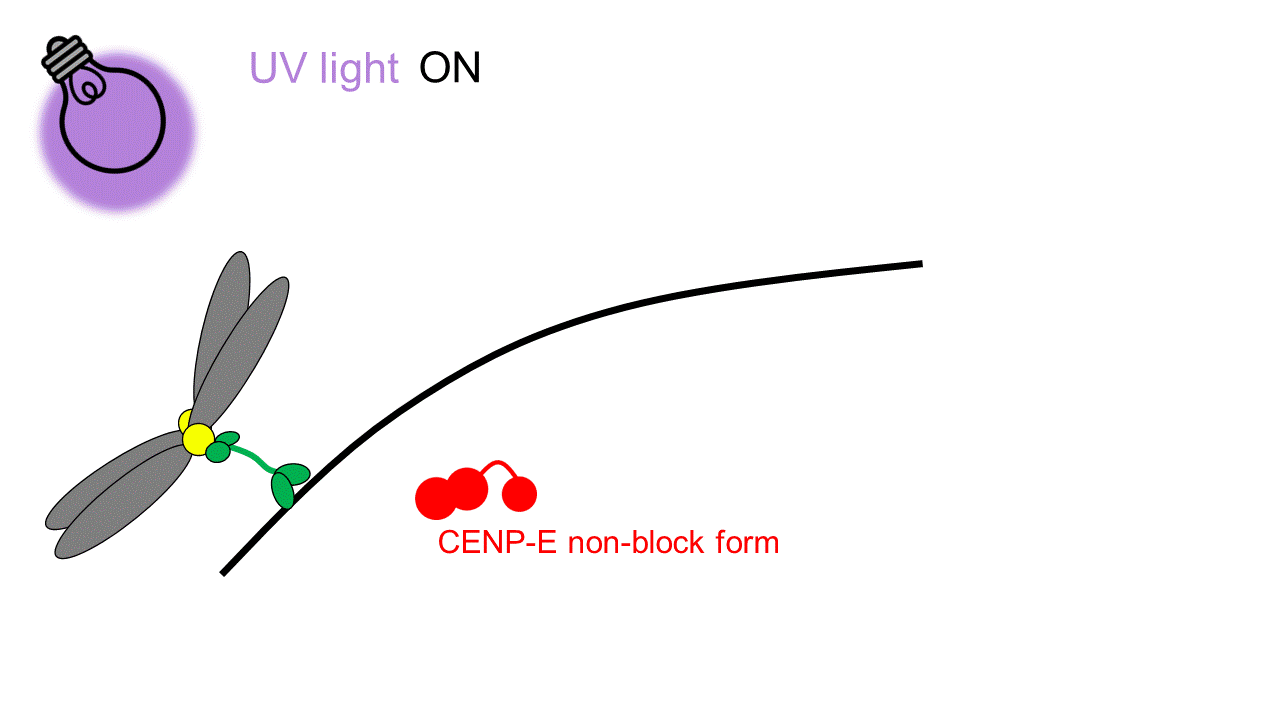gamma-Tubulin specific Inhibitor Gatastatin G2 | Funakoshi
Date:July 29 2020Web Page No:81516

Funakoshi Co.,Ltd.
Strong γ-Tubulin specific Inhibitor
Gatastatin G2
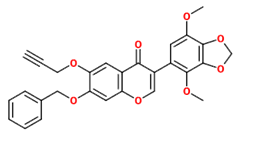
Gatastatin G2 is a novel, strong γ-Tubulin specific inhibitor. As the effect on γ-tubulin independent α/β-tubulin polymerization is low, Gatastatin G2 is useful for analysis of γ-tubulin functions.
Background
The tubulin superfamily is one of the GTPases known major components of microtubules (MTs) and in humans, has five sub-members, α-, β-, γ-, δ, and ε-tubulin. Among members of the tubulin family, α-, β- and γ-tubulins are ubiquitously expressed. α- and β-tubulins form heterodimers, and the α/β-tubulin dimers polymerized to MTs.

On the other hand, γ-tubulin is not incorporated into MTs directly but it interacts with 5 proteins to form γ-tubulin ring complex (γTuRC). γTuRC plays an important role in the initiation of MT polymerization from centrosome. γTuRC is observed not only around centrosomes but also in branch sites of MTs.
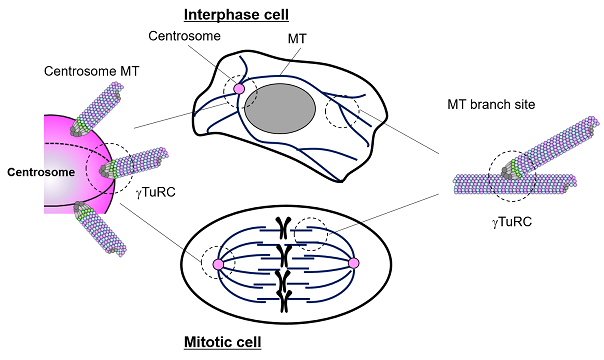
Many researchers indicate γ-tubulin in γTuRC an essential component to form and regulate MTs in cells. However, the molecular mechanism of γ-tubulin-based MT initiation and regulation is still unclear. Furthermore, recent studies suggest γ-tubulin is not limited to γTuRC, but there are additional filament structures containing self-assembled γ-tubulins such as γ-string, γ-tubules, etc. These γ-tubulins associate with cell organelles and may support organelle structures. Moreover, γ-tubulin binds to the DNA on the same DNA binding motif of E2F (E2 promoter-binding factor), a transcription factor, and is considered as a competitive regulator of E2F for gene expression. Although γ-tubulin plays various roles in cellular processes, analytical methods for the γ-tubulin function are still limited. RNA interference (RNAi) is the major approach to investigate γ-tubulin functions so far. Because RNAi requires over a-half day to reduce γ-tubulin expression, growing cells are preferentially stopped on mitosis and induced apoptosis due to lack of γTuRC for MT initiation from centrosomes. As γTuRC is an essential component in cells, RNAi strategy induces cell death preferentially and insufficient method to monitor various γ-tubulin functions excepting γTuRC.
To approach γ-tubulin functions, small molecule inhibitors are desired because inhibitors can block γ-tubulin function at any time. However, no inhibitor which has little effects on α- and β-tubulins and blocks γ-tubulin specifically has been discovered so far.
Gatastatin was originally discovered in 2015 by Dr. Elmar Schiebel, University of Heidelberg, Dr. Takeo Usui, University of Tsukuba, and Dr. Ichiro Hayakawa, Nihon University, as the world’s first γ-tubulin-specific inhibitor. Gatastatin is a derivative of Glaziovianin A, a natural compound derived from a bean, and blocks GTP-binding to the γ-tubulin protein. In 2020, Dr. Usui group further succeeded in the identification of a superior derivative of Gatastatin, called 2nd generation Gatastatin (Gatastatin G2). Gatastatin G2 shows about ten higher inhibition activity than prototype-Gatastatin in cell-based experiments. Gatastatin G2 has little effects on α/β-tubulin polymerization both in vitro and in cells. Ref.1 showed Gatastatin G2 induced abnormal chromosome alignment and multipolar formation in mitotic cell.
Features
- Specific inhibitor for γ-tubulin
- Little effect on α/β-tubulin polymerization
- 10 times higher inhibitory activity than first generation Gatastatin
- Induces abnormal chromosome alignment and multipolar formation in mitotic cells
- Immediate inhibitory effect compared to gene regulation approach, such as RNAi.
Reference Data
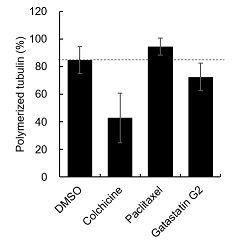
Fig.3 Effect of Gatastatin G2 on MT polymerization in vitro
Purified tubulin (1 mg/ml) from porcine brain was polymerized by 0.8 M glutamate for 30 min at 37℃
with or without 10 μM colchicine (an inhibitor of MT), 10 μM paclitaxel (an activator of MT polymerization)
and 30 μM Gatastatin G2. Polymerized and unpolymerized tubulins were separated by ultracentrifugation.
Polymerization ratio (%) was estimated by SDS-PAGE. Colchicine clearly inhibited MT polymerization,
paclitaxel promoted MT polymerization but Gatastatin G2 showed little effect on MT polymerization.
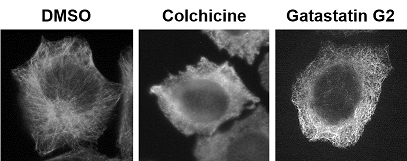
Fig.4 Effect of Gatastatin G2 on MT structure in cells
HeLa cells were treated with 100 nM colchicine for 6 hours or 30 μM Gatastatin G2 for 24 hours.
After chemical treatment, the cells were fixed with ice-cold MeOH and visualized by anti-α-tubulin antibody
and fluorophore-conjugate secondary antibody. While colchicine induced abnormal MT structure,
Gatastatin G2 showed little effect on cellular MT structure.
Application Data

Fig.5 Gatastatin G2 induced abnormal spindle formation in mitotic cells
Exponentially growing HeLa cells were treated with 0.3-30 μM Gatastatin G2 for 24 hours and
were fixed and stained with anti-α-tubulin for spindle fibers, anti-pericentrin for centrosome and DAPI for
chromosomal DNAs. The resulting spindle morphology was classified and quantified.
At the lower concentration of Gatastatin G2, misaligned chromosomes were mainly observed.
On the other hand, high concentration often induced multipolar spindle formation rather than congression error.
Multipolar induction was clearly dose-dependently observed. This experiment suggests γ-tubulin regulates
both chromosome movement and normal bipolar formation in mitotic cells.
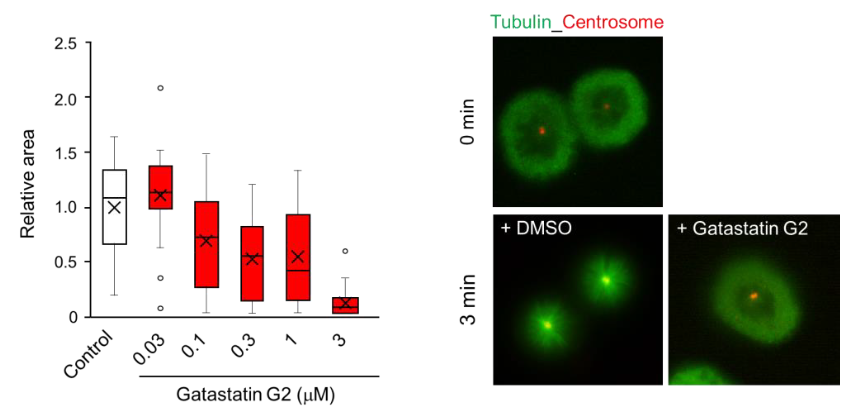
Fig.6 Gatastatin G2 blocks centrosome-derived MT formation in mitotic cells
After drug treatment, the cell media was exchanged with warm (30℃) media containing drugs and the cells were further
cultured at 30℃ for 3 min. The cells were fixed with MeOH and stained by immunocytochemistry with
anti-α-tubulin and anti-pericentrin for centrosomes.
Gatastatin G2 clearly inhibited MT initiation from centrosomes dose-dependently in mitotic cells.
NOTE: All data in the manual were provided from Dr. Usui, University of Tsukuba.
Reference
- Shintani et al., ACS Med. Chem. Lett., 11, 1125-1129 (2020)
Structure optimization of gatastatin for the development of γ-tubulin-specific inhibitor. - Chinen et al., Nat. Commun., 6, 8722 (2015)
The γ-tubulin-specific inhibitor gatastatin reveals temporal requirements of microtubule nucleation during the cell cycle.
Product Information
[Date : January 18 2026 00:07]
| Detail | Product Name | Product Code | Supplier | Size | Price | ||||||||||||||||||||||||||||||
|---|---|---|---|---|---|---|---|---|---|---|---|---|---|---|---|---|---|---|---|---|---|---|---|---|---|---|---|---|---|---|---|---|---|---|---|
|
Gatastatin G2, γ-Tubulin Inhibitor DatasheetThis may not be the latest data sheet. |
FDV-0040 | FNAFunakoshi Co.,Ltd. | 0.1 mg | $500 | |||||||||||||||||||||||||||||||
|
|
|
||||||||||||||||||||||||||||||||||
[Date : January 18 2026 00:07]
Gatastatin G2, γ-Tubulin Inhibitor
DatasheetThis may not be the latest data sheet.
- Product Code: FDV-0040
- Supplier: FNA
- Size: 0.1mg
- Price: $500
| Description |
Gatastatin G2 is a novel, strong γ-Tubulin specific inhibitor. As the effect on γ-tubulin independent α/β-tubulin polymerization is low, Gatastatin G2 is useful for analysis of γ-tubulin functions. |
||
|---|---|---|---|
| Storage | -20°C | CAS | |
| Link |
|
||
Related Products
Reversible fluorescent dye for cell nucleus: NucleoSeeing™
NucleoSeeing™ is a nuclear staining reagent for live cell imaging that binds specifically to DNA and emits green fluorescence. It exhibits a high S/N values not only in animal cells and tissues, but also in Arabidopsis thaliana leaf cells, making it excellent for observing nuclear dynamics in live cells. It can also be applied for nucleus-specific pH sensing.
Long time-lapse imaging
For details, please see ☞ NucleoSeeing™(Live Nucleus Green).
Photoswitchable CENP-E inhibitor : PCEI-HU
For details, please see ☞ PCEI-HU.
CONTACT
export@funakoshi.co.jp
- ※Prices on our website are for your reference only. Please inquire your distributor for your prices.
- ※Please note that Product Information or Price may change without notice.
